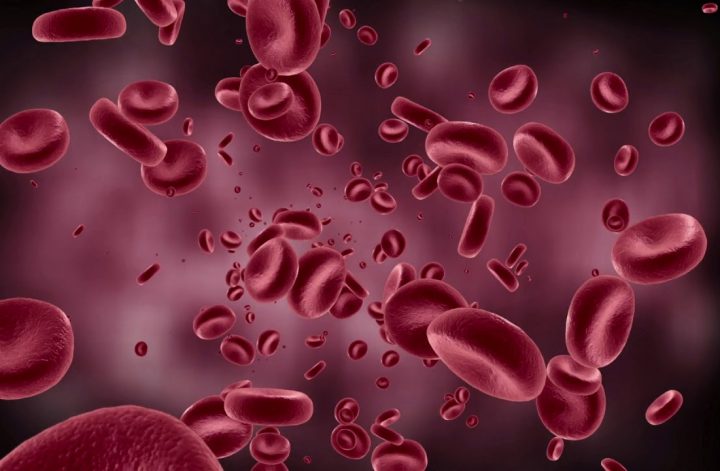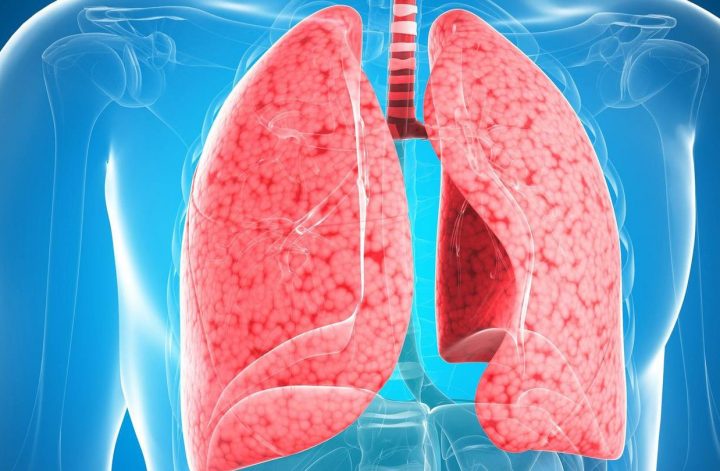Headache, literally, is the most common health problem. Almost 100% of the population suffers from it in one form or another, but only a few pay due “medical” attention to it.
Headaches of any nature can be the first and only sign of serious diseases, the effectiveness of treatment of which depends on the stage of detection.
Headache can occur with the following conditions:
sinus inflammation – frontal sinusitis, sinusitis, ethmoiditis;
infectious diseases – meningitis, encephalitis, tuberculosis, parasitic brain lesions;
tumors;
diseases of the eyes (for example, glaucoma) and ears (otitis media),
vascular pathology.
Acute headache is characteristic of stroke, and intense paroxysmal headache is characteristic of migraine.
There can be so many reasons for the headache that differentiation of specific signs is required to choose a diagnostic path.
Sinus inflammation
Sinusitis, in most cases, is infectious in nature, accompanied by inflammation, swelling of the mucous membrane and low-grade fever (up to 38 ° C). Abundant secretions of a mucous or mucopurulent nature accumulate in a limited volume of the sinuses and “press” on the bones of the skull. This leads to characteristic “bursting” pain in the forehead, cheekbones, temples, eyes and upper teeth, aggravated by tilting the head.
Such characteristics of headache require the consultation of an otolaryngologist (ENT), and the diagnosis is based on radiation methods (X-ray, CT) and identification of the pathogen (sowing a swab from the nose and throat with determination of sensitivity to antibiotics).
Infectious diseases of the brain
Here we can talk about the defeat of both the substance of the brain itself (encephalitis) and its meningeal membranes (meningitis). But in any case, the pain is different:
prevalence “all over the head”
amplification during movement, as well as under the influence of noise and bright light,
may be accompanied by nausea and vomiting, which does not bring relief,
convulsions and
and mental disorders (up to hallucinations).
Depending on the pathogen and the characteristics of the immune system, the incubation period can last from several hours to several days, and the headache becomes the first marker of a threatening disease.
The presence of such symptoms is a serious reason to consult an infectious disease doctor, and confirmation of the diagnosis is based on the results of blood tests by ELISA (antibodies), PCR (pathogen DNA) and / or assessment of cerebrospinal fluid.
Brain tumors
Headache in “oncology” can be manifested by a gradual increase and bursting character.
Depending on the affected area, it may be accompanied by:
mental disorders
decreased vision
deterioration of motor functions, bouts of vomiting, sudden dizziness,
impaired coordination of movement.

The growth of a tumor can last for years, so the appearance, frequency and intensification of a headache is a reason to immediately consult a neurologist.
Vascular pathology
Acute sharp (up to loss of consciousness) pain is a marker of a vascular “catastrophe” and damage to a large area of the brain when:
blood flow completely stops as a result of blockage by a thrombus or a large atherosclerotic plaque;
hemorrhage occurs as a result of thinning and rupture of the vascular wall
In this case, the outcome of the “catastrophe” depends on the area of the lesion – from mild neurological symptoms to death.
Treatment and diagnosis of this kind of headache is the specificity of a neurologist. And the examination plan necessarily includes a blood test for:
1.revealing the risk or degree of atherosclerosis
total cholesterol,
HDL,
LDL,
VLDL,
triglycerides,
atherogenic coefficient;
2.revealing the risk of thrombus formation
fibrinogen,
prothrombin https://en.wikipedia.org/wiki/Thrombin,
antithrombin III,
ceruloplasmin,
antibodies to phospholipids (cardiolipin, phosphatidylserine, phosphatidylinositol, phosphatidylic acid).
It should be noted that the risk of vascular lesions has become much younger over the past decades. Stroke before the age of 30 is not uncommon. In this regard, the control of these indicators can be recommended as an annual screening for absolutely all patients and, especially, those suffering from regular headache.



